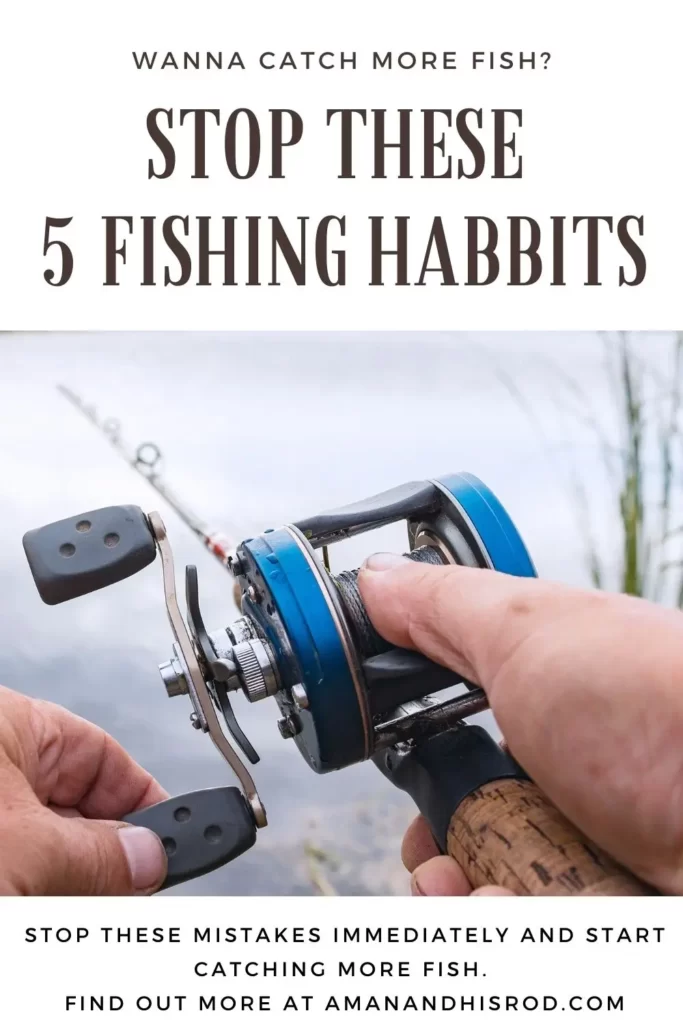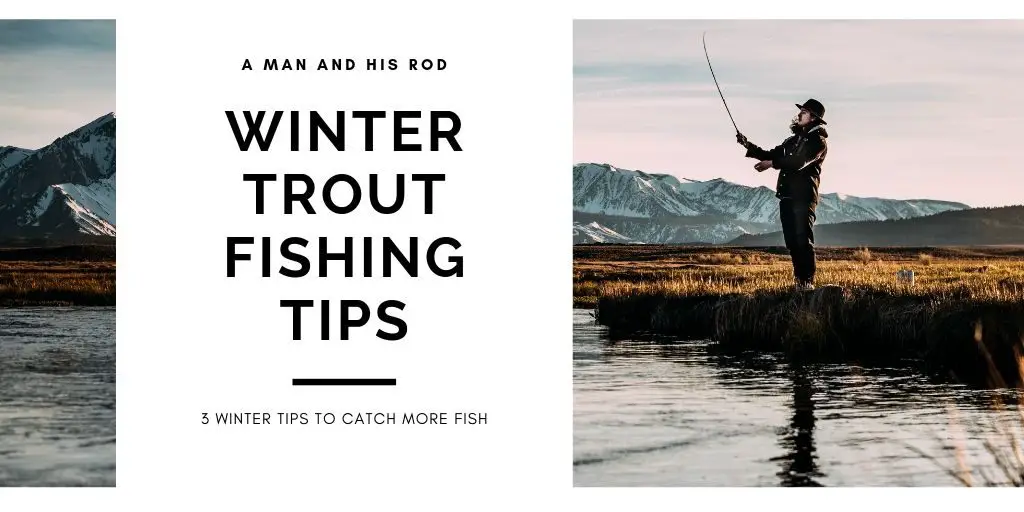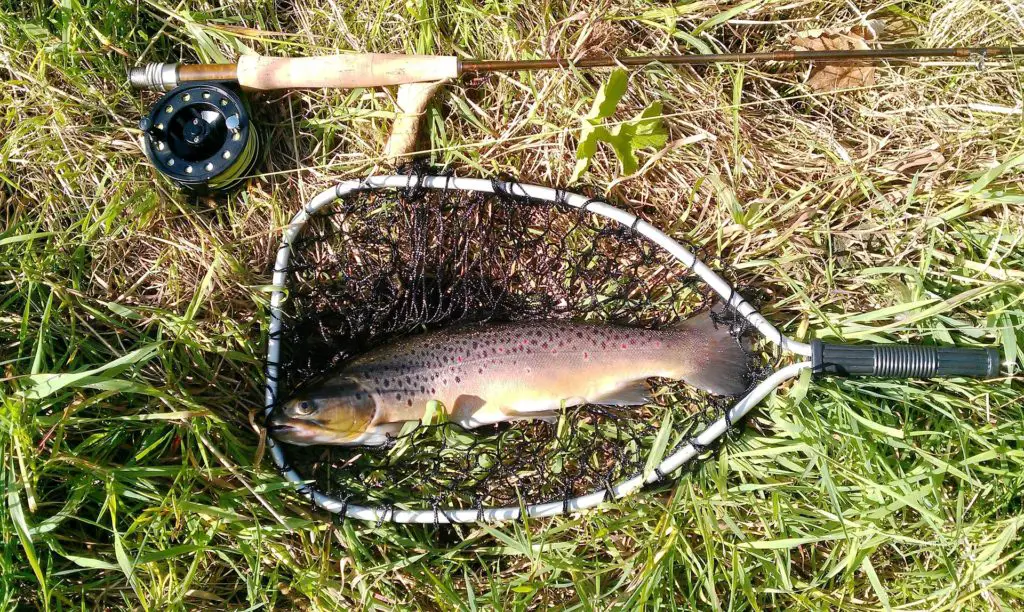Over the years I have developed a lot of bad fishing habits. making mistakes when fishing could mean the difference between catching fish or not. What if I told you that there are adjustments you can make right now to catch more fish? In this article, I will identify 7 fishing mistakes that you should stop immediately in order to increase your catch rate. These mistakes are easy to make especially if you’re new to fishing.
1. Do Not Engage Your Real With the Handle
This is a mistake I see a lot of fishermen make. Never engage the reel after making a cast by spinning the handle. There are two big reasons you don’t want to do this. This first and most important is line twist. Every single time you make a cast and use the reel handle to flip the bail, you are adding a small twist in your line. I may make 100 casts in a single day sometimes. That equals a lot of line twists in one fishing trip resulting in knotted line or tangles.
The second reason you should never use the reel handle to engage the bail is wear and tear on your equipment. Each time you do this you are taking the life out of your fishing reel. Eventually, this will cause a loose bail and will require repair or replacement.
What should you do instead?
Flip the bail manually after each cast. By manually moving the bail you will prevent each of the issues stated above thus preventing failure in your fishing line and spinning reels.
2. Adding to Much Fishing Line to Your Spool
Another big fishing mistake is adding too much fishing line to your spool. Adding more fishing line than required will cause issues and tangles when casting. What happens is that the line is no longer “spooled” on the reel and will freely unwind when making casts. When this happens it is quite obvious because you will have a huge nest of line between your reel and your first eyelet on the fishing rod. This results in wasted fishing line and time spent removing the knots and line.
What to do instead?
Use backing when setting up your fishing reels. I use a 12-pound monofilament fishing line as backing. I then tie 30-40 yards of 15-pound braided fishing line to the end of that. Ensure that the spinning reel has not been over spooled. This will save you time and money from years of fishing. Time spent untangling a mess like this means your line is not in the water. You’re not catching fish if your line is not in the water.
3. Improper Drag Setting
Using improper drag settings will cost you fish. Oftentimes anglers will tighten their drag on the fishing reel so tight that the fish snaps the line. Your reel has a drag system for a reason, to allow the fish to run while keeping tension on your line, and retrieving at the same time. Your drag should be loose enough to allow the fish to pull the line out, yet tight enough to keep tension on the fish. The end result should be a give and take between the fisherman and the fish, where the fisherman is taking a little more line than the fish. Not only will this prevent line breaks, but you will be surprised what size fish you can catch with a proper drag setting and an undersized fishing line.
4. Fishing the Wrong Line Size/Type
So many times I have talked to anglers about their fishing setups and have seen the big, bulky, oversized fishing lines. You’re not doing yourself any favors having an oversized line. For general trout fishing, use a 4-8 pound test for the best result. Personally, I use a 6lb line while bank fishing for trout.
Ultimately your line size is determined by your reel and fishing rod capabilities. Smaller Ultralite fishing reels require a smaller diameter fishing line. Fishing rods will oftentimes state a fishing line range just above the foregrip. Staying compatible with these guidelines will result in better line management, control, and more fish.
5. Stop Forcing Your Fish to Shore
This ties into the third fishing mistake to stop immediately. Fighting a fish is more of an art than a skill and thus takes time and practice to master. This is so important that it deserves its own section on this list. Let’s talk more about how to fight a fish the proper way. The key to fighting a fish is tension.
When fighting big fish, there are a few things to keep in mind. First, when a drag is set properly, a fish should be able to run allowing the line to come off the spool. Second, while a fish is running, point your rod tip toward the fish, this alleviates line tension against the eyelets that can cause heat and line break. When the fish stop running, immediately lift your rod tip up and begin to reel. Repeat this process until the fish gets tired. It’s important to always keep a bend in your rod, even when pointing at the fish.

Final Thoughts – Stop Doing These 5 Things When Fishing
While these five fishing mistakes may seem like minor details, they are not. Making little changes or tweaks to your gear or tactics can catch you more fish and increase the time spent actually fishing instead of fixing. Want more fishing tips and advice? Make sure and sign up to our mailing list to get the latest fishing articles delivered straight to your inbox.

